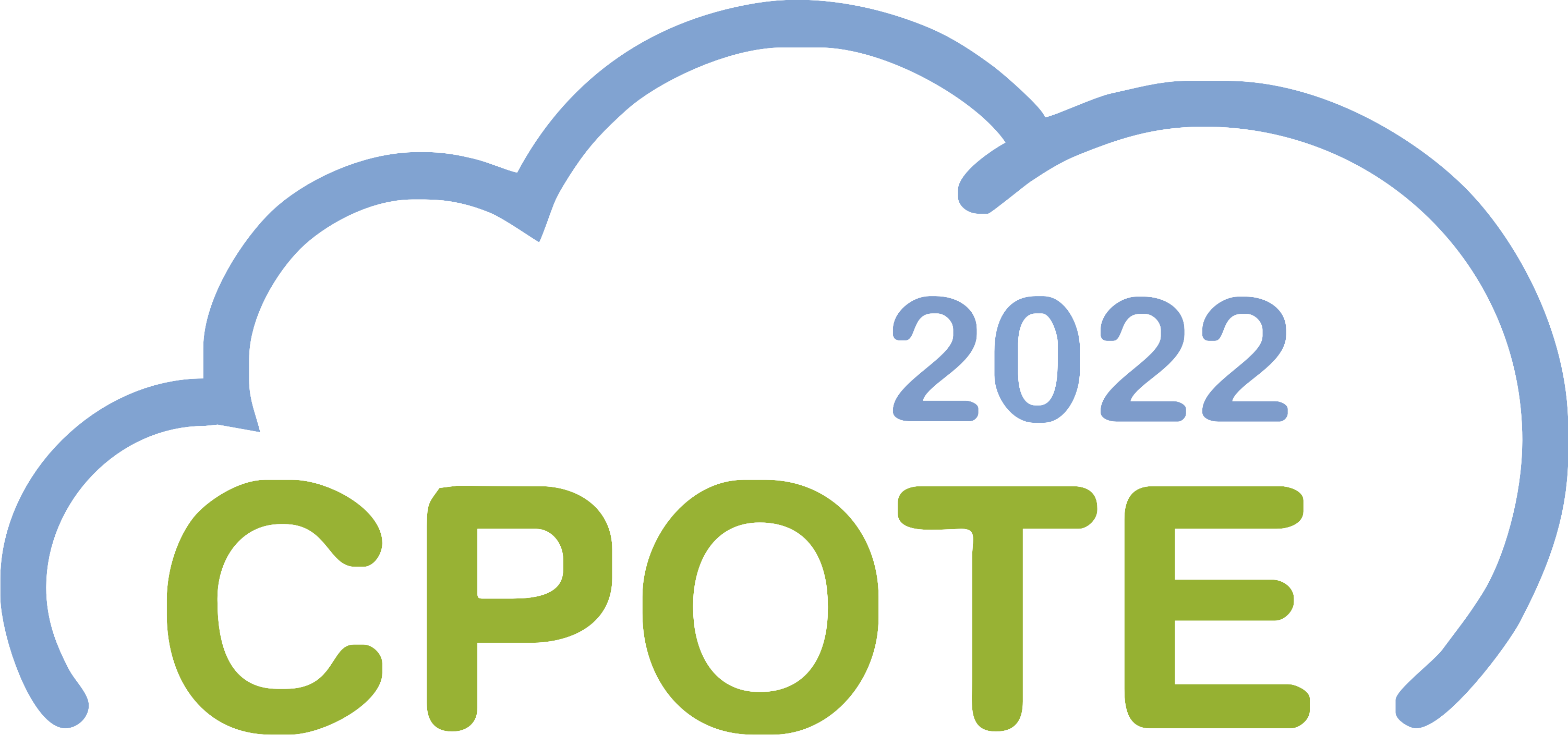
CPOTE2022
7th International Conference on
Contemporary Problems of Thermal Engineering
Hybrid event, Warsaw | 20-23 September 2022
7th International Conference on
Contemporary Problems of Thermal Engineering
Hybrid event, Warsaw | 20-23 September 2022
Abstract CPOTE2022-1044-A
Book of abstracts draft












Densification of chemical energy in HTC effluent using cascade membrane separation
Agnieszka URBANOWSKA, Wrocław University of Science and Technology, PolandLukasz NIEDZWIECKI, Wrocław University of Science and Technology, Poland
Mateusz WNUKOWSKI, Wrocław University of Science and Technology, Poland
Christian ARAGON-BRICEÑO, University of Twente, Netherlands
Małgorzata KABSCH-KORBUTOWICZ, Wrocław University of Science and Technology, Poland
Marcin BARANOWSKI, Wrocław University of Science and Technology, Poland
Michał CZEREP, Wrocław University of Science and Technology, Poland
Przemysław SERUGA, Wroclaw University of Economics, Poland
Halina PAWLAK-KRUCZEK, Wrocław University of Science and Technology, Poland
Artur POŻARLIK, University of Twente, Netherlands
Eddy BRAMER, University of Twente, Netherlands
Gerrit BREM, University of Twente, Netherlands
Anaerobic digestion is an efficient way of using a wet fraction of municipal solid waste (MSW) for energy purposes as it can produce biogas. The moisture content of the digestate after application of mechanical dewatering is still high, and the amount of heat needed for drying is significant. Hydrothermal carbonization (HTC) is a process that can potentially offer great benefits by improved mechanical dewatering and valorisation of the digestate into a better-quality solid fuel. However, such valorisation produces liquid by-product effluent, rich in organic compounds. Membrane separation could be used to treat such effluent and densify concentration of the organic compounds, while at the same time to facilitate recovery of clean water in the permeate. This work presents the results of investigation, performed using polymeric nanofiltration (NF) membranes. The study showed that membrane separation keeps significant fraction of inorganics in the retentate. Such concentration significantly increases the biomethane potential (BMP) of such effluent as well as the energy that could be theoretically recovered in microbial fuel cell, using the concentrated retentate.
Keywords: Municipal Solid Waste Organic Fraction, Digestate, Hydrothermal Carbonisation, Nanofiltration, Biomethane Potential
Acknowledgment: The authors would like to thank the European Commission, the Nederlandse Organisatie Voor Wetenschappelijk Onderzoek (Netherlands) (ENWWW.2018.7), the National Center for Research and Development (Poland) (nr WATERWORKS2017/I/RECO- WATDIG/01/2019) and Swedish Research Council Formas for funding in the frame of the collaborative international consortium (RECOWATDIG) financed under the 2018 Joint call of the Water- Works2017 ERANET Cofund. This ERA-NET is an integral part of the activities developed by the Water JPI.